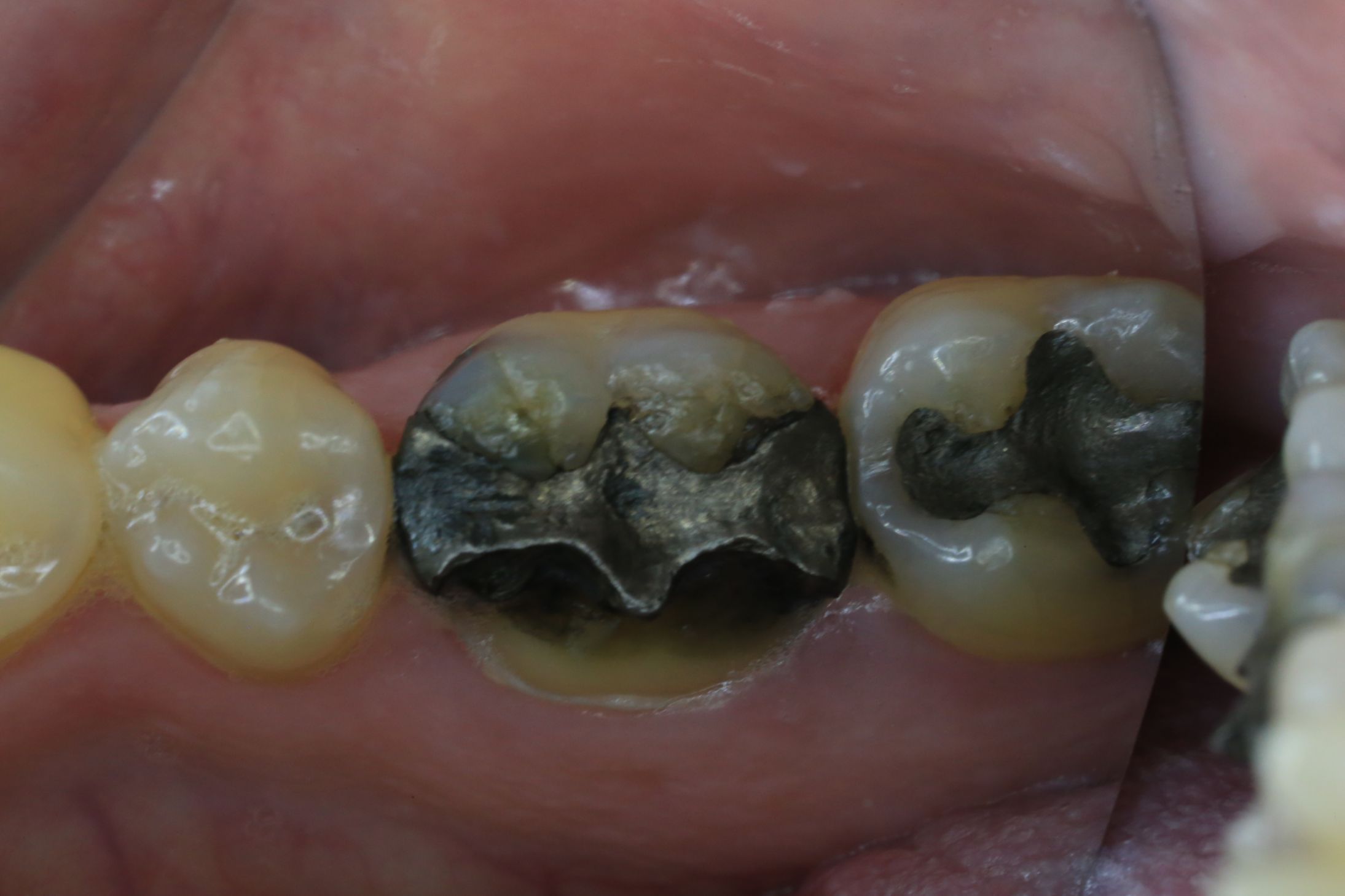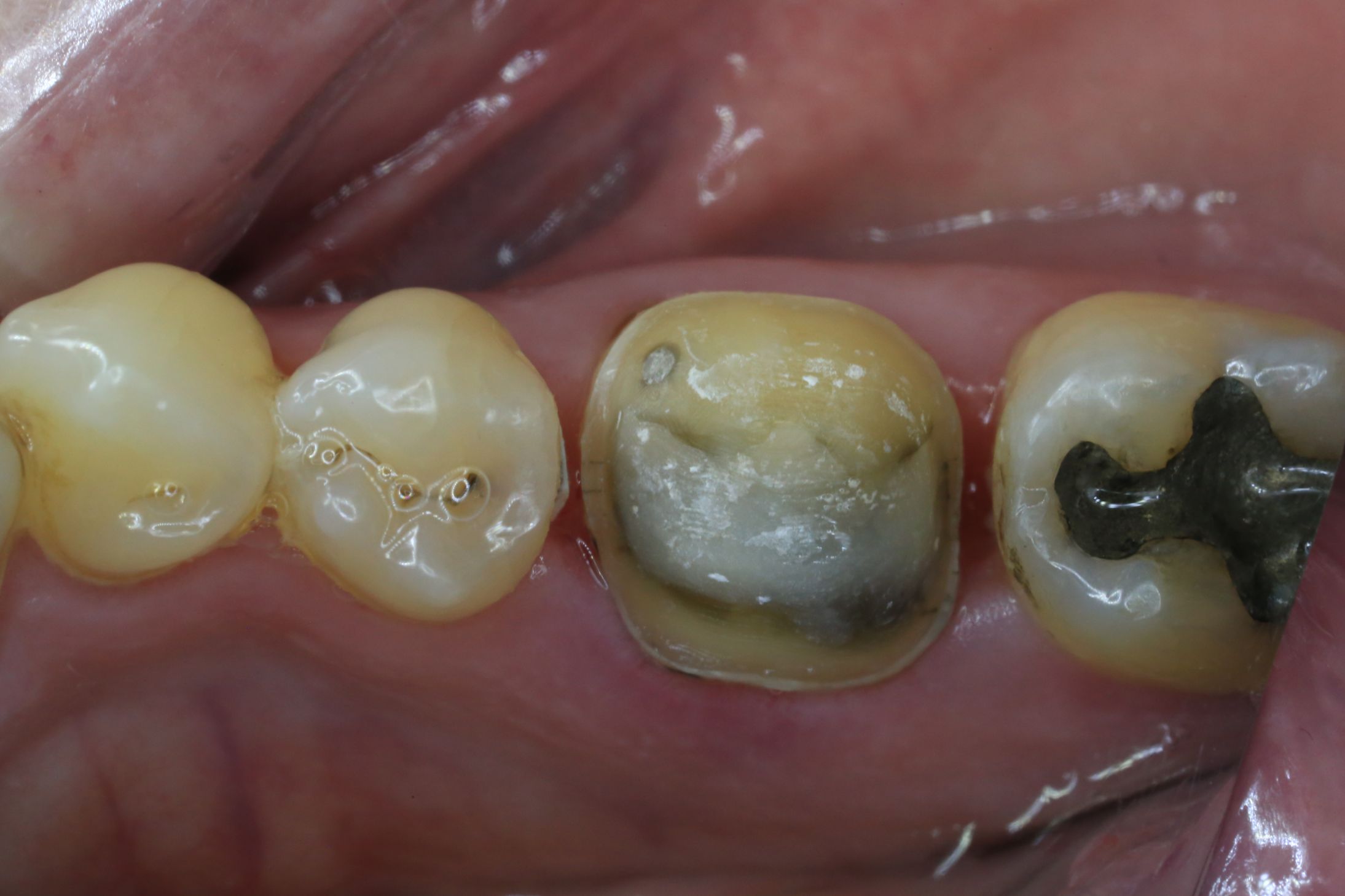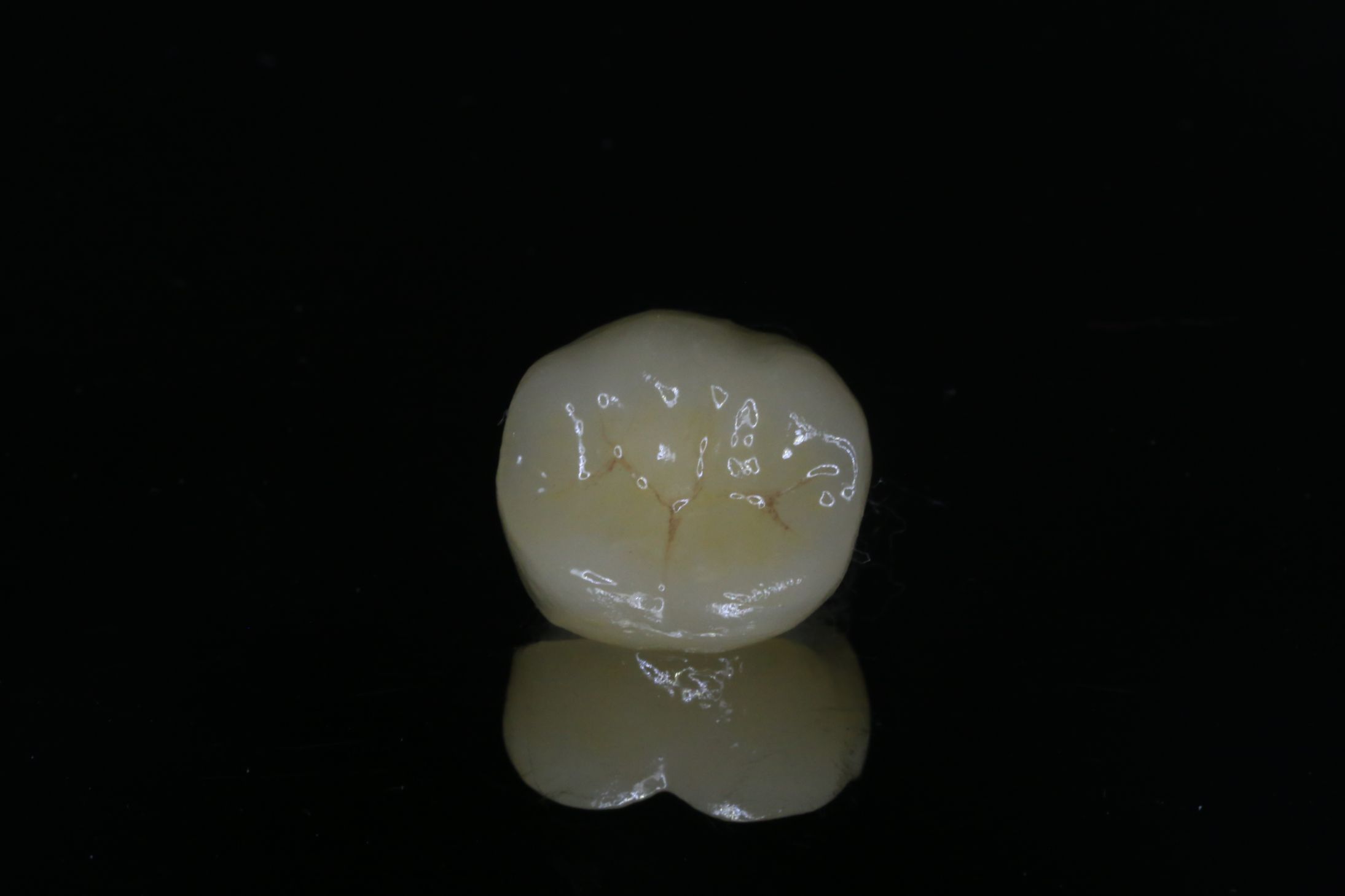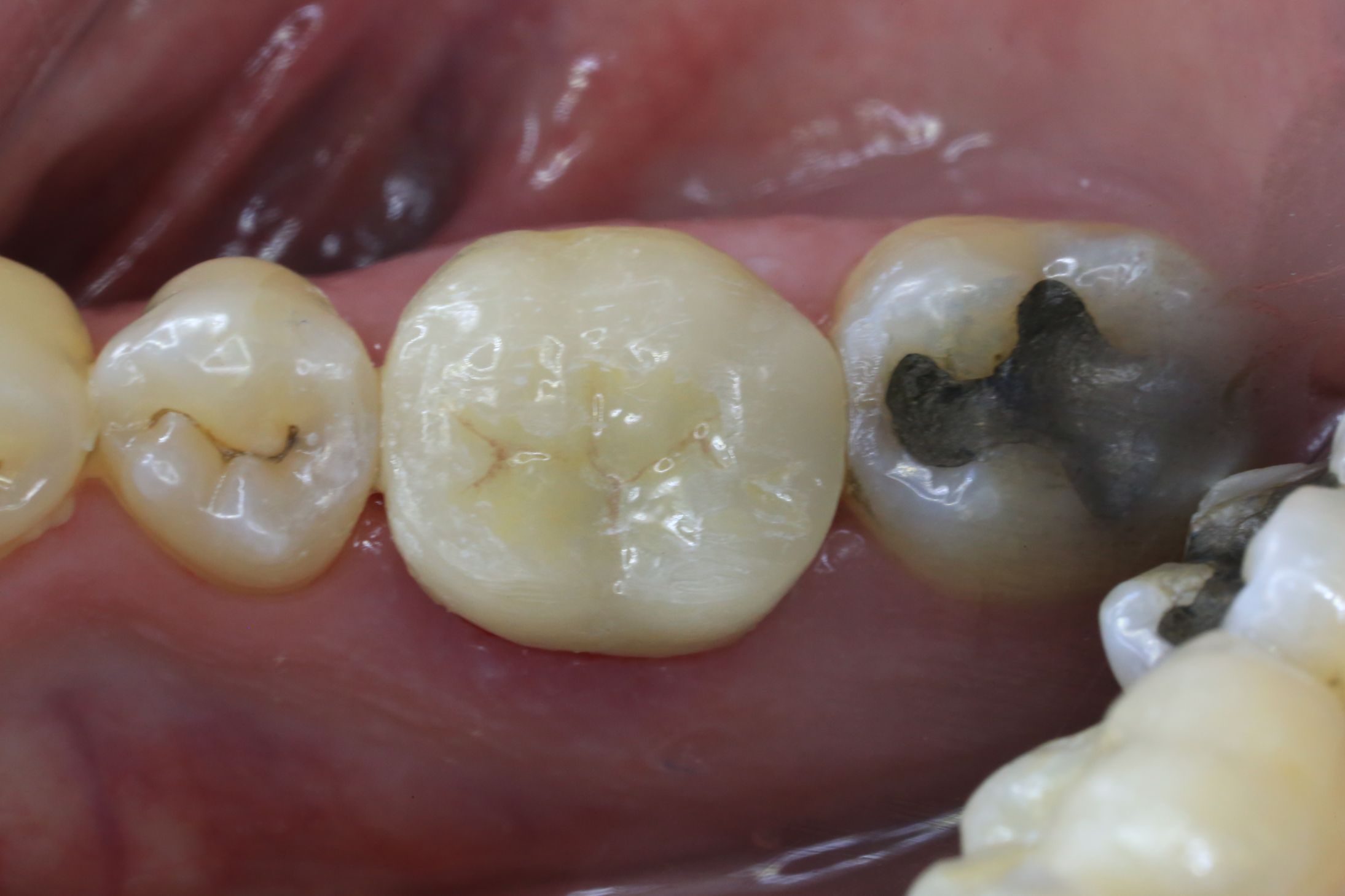Crowns are often given to restore lost tooth structure as well restore the aesthetics of a tooth, so that it may continue to serve its function of chewing and continues to look good and natural.
The process involves taking some measurements followed by fitting of the crown in the mouth. This is usually completed in two visits.
What is a Crown(Cap)? And when do we need one?
A dental crown is a tooth -shaped “cap” that is placed over a tooth — to cover and restore its shape and size, strength, and improve its appearance. The crowns, when cemented into place, fully encase the entire visible portion of a tooth that lies at and above the gum line.
You may need a crown in the following situations:
- To protect a weak tooth caused by decay from breaking.
- To restore an already broken tooth or a tooth that has been severely worn down.
- To cover and support a tooth with a large filling when there isn’t a lot of tooth structure left.
- To make a dental bridge.
- To cover badly shaped or severely discolored teeth.
- To make a cosmetic modification.
What are the different types of crowns available?
Crowns can be either all metal crowns (such as gold or another alloy), porcelain-fused-to-metal, all resin, or all ceramic.
What are the steps in making and placing a dental crown?
To perform the crown procedure, your dentist prepares the tooth and makes a molded impression of the teeth to send to a dental laboratory. A fitted, temporary crown is created during this visit to temporarily protect the tooth while the final restoration is being made in the dental laboratory. Once completed, the crown can be cemented or adhesively bonded at a later visit.
We use the latest CAD/CAM technology to create a digitalized 3D replicate image of your teeth thus, omitting the use of sticky, messy impression material in your mouth. The lab then directly fabricates a crown in the software’s 3d image. The use of this technology results in more accurate replication of the teeth and omission of any hand errors during fabrication of your crown.
*Have any other questions? Write to us at …






